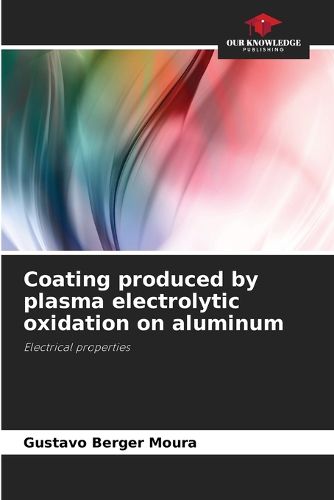Readings Newsletter
Become a Readings Member to make your shopping experience even easier.
Sign in or sign up for free!
You’re not far away from qualifying for FREE standard shipping within Australia
You’ve qualified for FREE standard shipping within Australia
The cart is loading…






In this work, plasma-assisted electrolytic oxidation (PEO) was used to produce a ceramic coating on the surface of aluminum alloy (AA 5052) substrates. The electrical properties of this coating were analyzed using electrical impedance spectroscopy (EIE). The thicknesses of the coatings were determined using the eddy current method and scanning electron microscopy (SEM). SEM was also used to assess the topography of the coatings. Infrared absorption spectroscopy (IRS) and energy dispersive x-ray spectroscopy (EDS) were used to determine the structure and chemical composition. The crystalline structures were determined using the x-ray diffraction technique. The results revealed that the surfaces were coated with a complex coating, mainly containing aluminum, oxygen and silicon, which increased the electrical resistivity 10,000,000,000 times compared to the as-received aluminum.
$9.00 standard shipping within Australia
FREE standard shipping within Australia for orders over $100.00
Express & International shipping calculated at checkout
In this work, plasma-assisted electrolytic oxidation (PEO) was used to produce a ceramic coating on the surface of aluminum alloy (AA 5052) substrates. The electrical properties of this coating were analyzed using electrical impedance spectroscopy (EIE). The thicknesses of the coatings were determined using the eddy current method and scanning electron microscopy (SEM). SEM was also used to assess the topography of the coatings. Infrared absorption spectroscopy (IRS) and energy dispersive x-ray spectroscopy (EDS) were used to determine the structure and chemical composition. The crystalline structures were determined using the x-ray diffraction technique. The results revealed that the surfaces were coated with a complex coating, mainly containing aluminum, oxygen and silicon, which increased the electrical resistivity 10,000,000,000 times compared to the as-received aluminum.